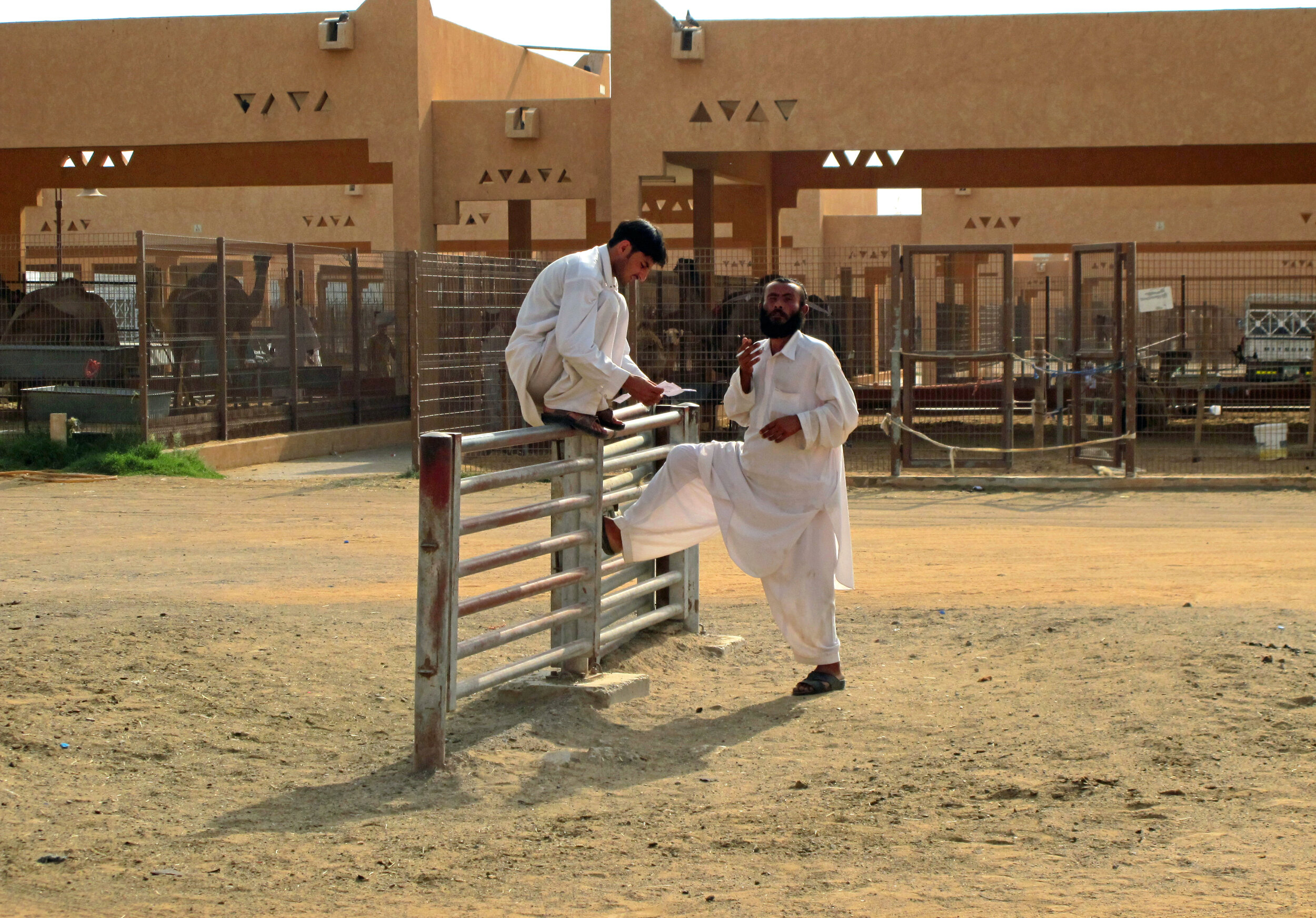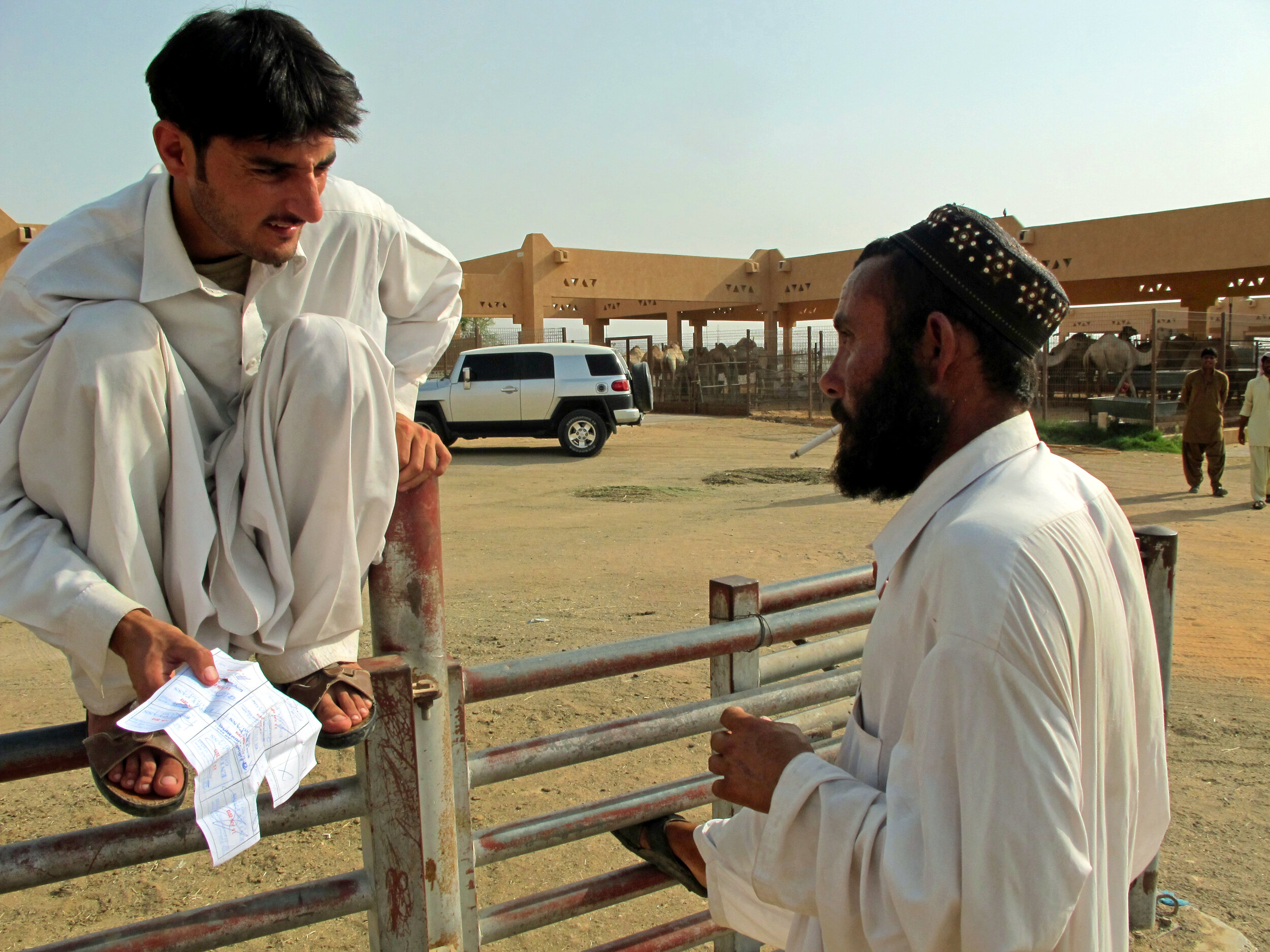UAE
Portraiture, Still-life, Landscape, Murals, Itinerant Portraitist, Old Master, Oil painting, Self-Portraits, Children's Portraiture, Yale, Yale Portraits, Davenport College, Davenport College Portraits, Sterling Memorial Library, Sterling Memorial Library Portraits, Women Artists, Women Artists NY, Women Artists USA, Contemporary Portraiture, Contemporary Painting, Multidisciplinary Artist, Installation Art, Artistic Activism, Public Art, Documentary Film, Documentary Film Award Winner, Mural Artist, Animal Portraits, Snakes, Snakes Portraits, Glass Sculpture, Drawing, Art Drawings, Commissioned Artwork
United Arab Emirates
In 2013, I was invited to spend the month of June at Art Hub Abu Dhabi, a residency program that invites select groups of artists from all over the world, one country at a time, to make art about their experience in the United Arab Emirates (UAE). I went with the intent of beginning a new chapter of “The Itinerant Portraitist,” but I quickly discovered that religious taboos surrounding the depiction of the human body, as well as the fact that most Emirati women are veiled, would make this a challenge.
I brought a group of eight oil paintings from “888: Portraits in Taiwan” for an exhibition of my work that was scheduled to open the day after my arrival in Abu Dhabi. Luckily, the principal from Emirates National School was at the opening and was impressed with my work! I asked him if I could visit the art class at his school to paint the children, and after days of research, he finally invited me.
Later, the Art Hub hosted a day of art for the girls from Dar Zayed orphanage in Al Ain, and I was asked to paint portraits of the girls. These girls (ages thirteen to fifteen) were as curious about me as I was about them. As I worked, I told them about my twelve-year-old daughter and growing up in New York, and they told me about their hopes for the future.
The art students from Zayed University (an all women’s university) held their graduation ceremony and final exhibition at the Art Hub Gallery. At first, they would not agree to be painted, but as we got to know each other’s work, they became interested in participating in my project. Through the portraits, friendships were formed, and my preconceptions about their customs and dress were challenged.
We spent the last few days of the residency in the Liwa desert, the largest desert in the world. There, I encountered remarkable Pakistani men engaged in ancient work with the camels and the date palms. Unlike the Emirati, they did not speak English. When a translator told them to hold still for their paintings, they were like statues. I have never seen such stillness. The intensity of their gaze was amazing. After the portraits, they became relaxed and more accessible.
Portrait of Abu Dhabi in Four Parts: Date Palm, Camel, Chandelier, and Coffee Pot. Each painting is 60 x 40 in., Oil on panel, 2013
In Abu Dhabi, patterns, decoration, detail, and abstraction are everywhere, and I noticed that certain shapes, many of them derived from the camel or the date palm, repeat. My paintings Camel, Coffee Pot, Date Palm, and Chandelier resulted from this observation. These four paintings are a portrait of the people of Abu Dhabi. The background color of each painting is one of the colors of the Abu Dhabi flag: red, green, white, and black. Each image symbolizes an aspect of the culture: the camel, the Bedouin; the coffee pot, hospitality; the date palm, survival in a challenging terrain; and the chandelier, religion and opulence. There are seven studies for each image, on translucent paper. A phrase from a classical poem just barely shows through each one to suggest hidden meaning. I selected the number seven because of its importance in Islamic culture.





























































